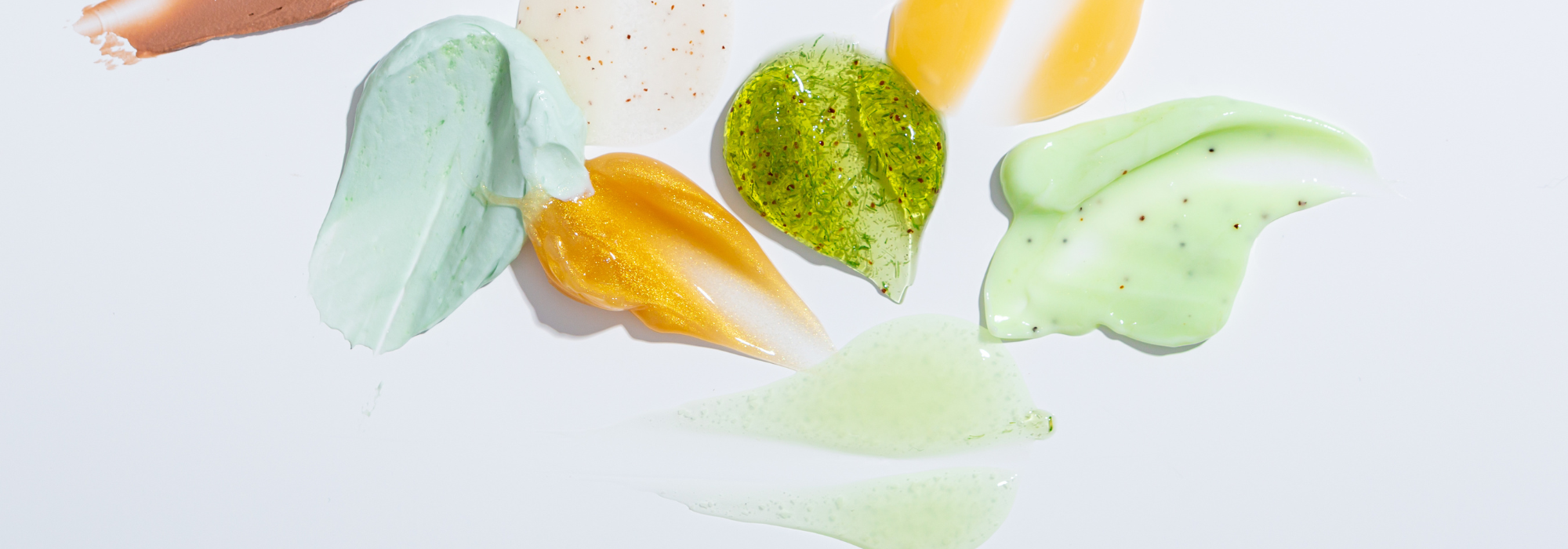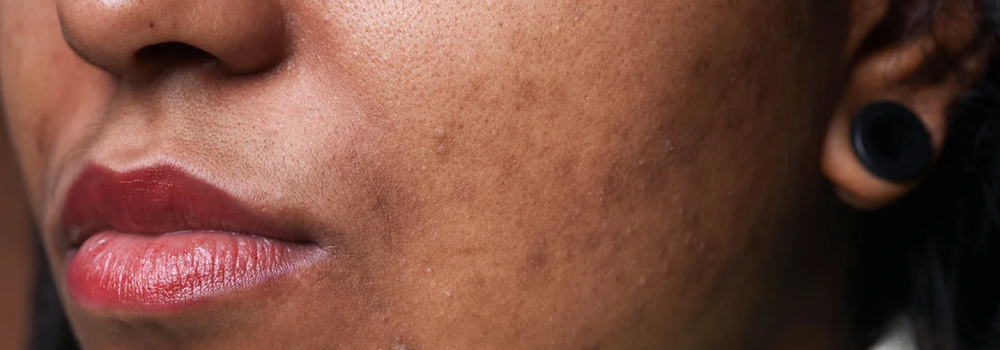
How to Layer Skincare: Mastering Skincare Layering
Ever felt overwhelmed by the endless rows of serums, creams, and toners out there? At Smood Beauty, we're all about making skincare easy to do - which is why a lot of our products are multi-functional and great for sensitive, acne-prone skin. Understanding the art of layering skincare products can help your skin look and feel better. The key is to apply products from thinnest to thickest consistency, allowing each layer to be fully absorbed and perform its intended function.

Step 1: The Foundation – Cleansing
The cornerstone of any effective skincare routine is proper cleansing. Morning and night, start with a cleanser that aligns with your skin type—be it oily, dry, sensitive, or combination. Morning cleansing helps remove any oils your skin produced overnight, while evening cleansing washes away pollution, sunscreen, and makeup, preventing clogged pores and breakouts. Opt for gentle cleansers that don’t strip your skin of its natural oils, maintaining its natural barrier. Consider double cleansing in the evening with an oil-based cleanser followed by a water-based one for a thorough clean. Our Calm Me Down Antioxidant Cleanser is a great option that can be used as a double cleanser as well - it's formulated to be great for acne-prone and sensitive skin.
Step 2: Toner – Hydration and Balance Restored
Toners have evolved beyond simply removing residue. Today’s formulations rebalance the skin’s pH and boost hydration, creating a receptive base for serums and moisturizers. For those exploring the trend of layering toners, apply with a gentle patting motion, allowing each layer to absorb before applying the next. This method is especially beneficial for dry skin, as it builds a moisture foundation.
There are some trends where people layer the same toner 7 times to provide optimal hydration but to us, that's a little excessive and just a waste of toner! If you are going to be layering toners, we suggest simply using two different types of toners with different benefits - for example a watery, hydrating and lightweight toner followed by a milky, ceramide toner which is a little heavier and provides more deep moisture.

Step 3: Serums and Essences – Targeted Treatment
This is where customization truly comes into play. Serums and essences are concentrated, allowing you to tailor your routine to your skin's specific needs. Apply in order of texture—start with the thinnest, water-like formulas and work up to thicker, more gel-like ones. This might mean applying a hydrating hyaluronic acid serum followed by a nourishing vitamin C serum in the morning.
At night, consider layering a growth factor serum under a retinol product to support skin renewal. Patience is key; give each product time to absorb to ensure deep penetration of active ingredients.
Skincare Must Do: Be mindful of the active ingredients in some of these serums and essences, you don't want to be layering something like a retinol with an exfoliating serum with salicylic acid as this could cause irritation and ruin your skin barrier! Do not apply exfoliating products on top of each other in the same routine! Give your face a break and only exfoliate a few times a week. If you use a retinol regularly you may skip exfoliating altogether!
Step 4: Face Oils
Typically it's recommended to apply face oils after your serums and targeted treatments. Any actives that are put on your face after oils and moisturizers are buffered, meaning they won't sink into your skin as easily compared to if you were to apply it directly onto dry, clean skin. For people with extra dry skin, face oils provide an additional barrier to lock in hydration, but it's not completely necessary for people with normal and oily skin.
Step 5: Moisturize – Lock It All In
Moisturizers are crucial for sealing in the moisture and active ingredients from the previous steps. They come in various forms—lotions, creams, gels—each suited to different skin types. For oily skin, a lightweight, non-comedogenic lotion keeps skin hydrated without causing breakouts. Dry skin types may benefit from richer creams that contain ceramides and fatty acids, reinforcing the skin's moisture barrier. Remember, even oily skin needs hydration, so never skip this step. Apply your moisturizer gently, spreading it evenly across your face and neck. If you wear eye cream, it is suggested to put the eye cream before you apply moisturizer all over your face.

Morning vs. Evening Routines - Sunscreen and Retinol
In the morning, focus on protection. After moisturizing, apply a broad-spectrum sunscreen to shield your skin from UV damage and prevent premature aging. In the evening, shift the focus to repair. Replace sunscreen with products that support skin regeneration, such as night creams enriched with peptides and antioxidants. This is also the time to incorporate specialized treatments, like retinol, which can increase sensitivity to sunlight.
For Sensitive and Acne-Prone Skin: Keep it Simple
If your skin is sensitive or prone to breakouts, simplifying your routine can prevent overstimulation and irritation. Stick to the essentials: a gentle cleanser, a soothing moisturizer, and sunscreen in the morning. Introduce one new product at a time to gauge how your skin reacts, and always perform a patch test before full application. Remember, skincare is personal. Listening to your skin and adjusting your routine accordingly is key to achieving balance and health.
If you have active breakouts, you can use a spot treatment as the final step in your routine. The reason for this is if you were to apply it before your serums and moisturizer, you will end up moving the spot treatment and spreading it to places on your face that doesn't need it and it could end up causing lots of irritation!

In Conclusion
Skincare layering doesn’t have to be complex or overwhelming. Just follow the simple rule of layering from the lightest weight product to the heaviest!



Leave a comment
This site is protected by hCaptcha and the hCaptcha Privacy Policy and Terms of Service apply.